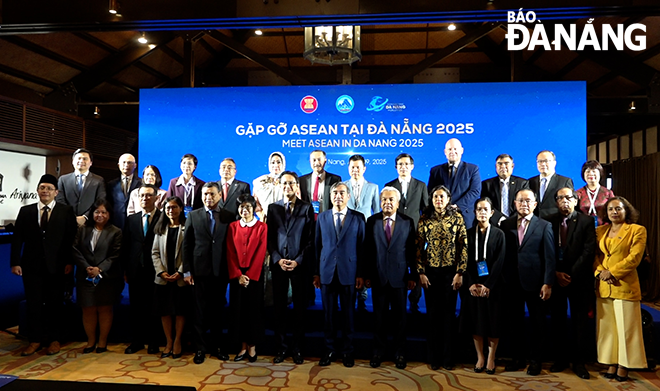New BigC shopping mall to open next year
BigC Viet Nam is one of the country’s largest retailers, with a total of 33 trading centres and supermarkets in 20 provinces and cities across the country attracting over 50 million shoppers every year. Amongst them is the BigC Da Nang Mart which opened in 2006.
In order to meet the increasing shopping demands of local residents, BigC Viet Nam has plans to open a second shopping mall in the city next year, although the exact location has not yet been revealed.
Covering an area of around 20,000m2, the new BigC Mart will be an integrated shopping mall consisting of a modern supermarket and a large-scale shopping and entertainment centre. The supermarket will offer more than 50,000 items, 95% of which will be Vietnamese-made goods. There will be a wide range of products such as fresh, dried and processed food, fashionable clothes, cosmetics, electronic items, and household appliances. In addition, the mall will feature outlets of a number of well-known national and international brand names covering fashionable clothes, cosmetics, healthcare and beauty care services. There will be a cuisine centre, a gym, a cinema and a games area.
 |
| The existing BigC shopping mall on Hung Vuong |
In addition to a best price and quality guarantee, the mall will provide many attractive promotions in order to bring greater benefits to customers. Thanks to such policies, the BigC supermarket chain has been voted ‘the retailer with the best prices and the most promotions’ by shoppers in Ha Noi, Da Nang, Ho Chi Minh City and Can Tho for the past 5 years.
Mr Ho Quoc Nguyen, Head of the Public Relations Office of BigC Viet Nam, believes that, with more than 17 years of experience in developing business in Viet Nam, the new BigC shopping mall will meet the diverse shopping demands of residents and create job opportunities for over 1,000. This will all help to increase the tax collections for the city’s budget and promote its socio-economic development.




